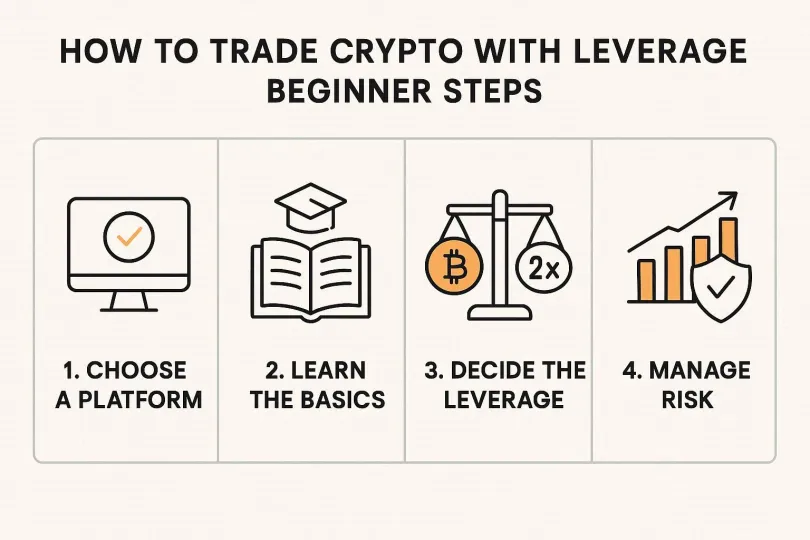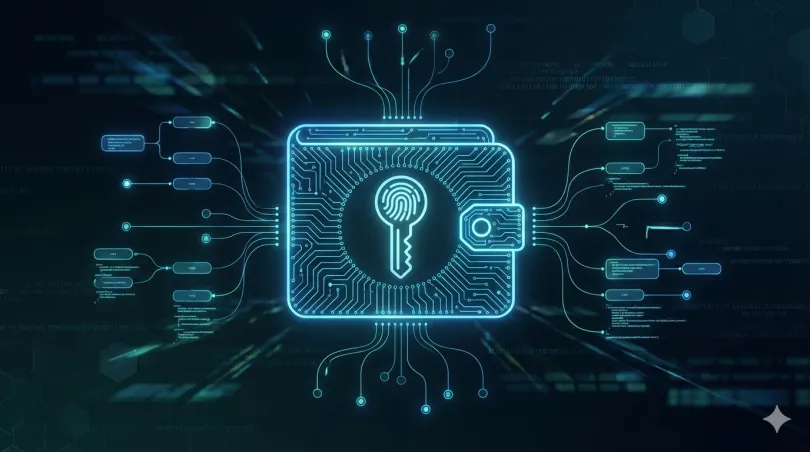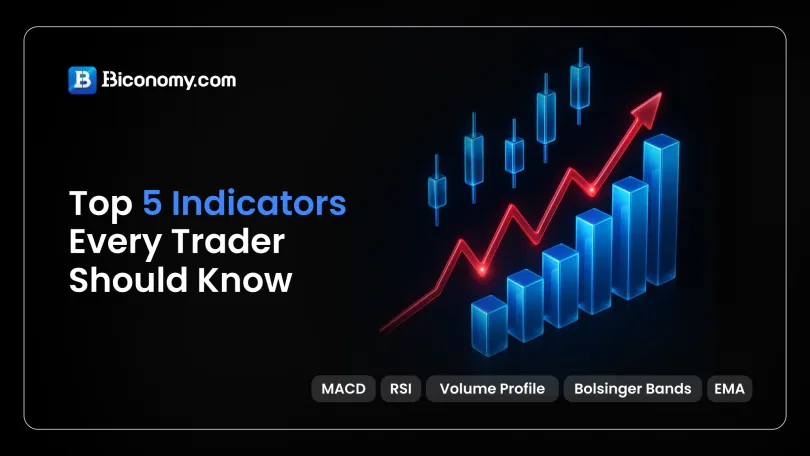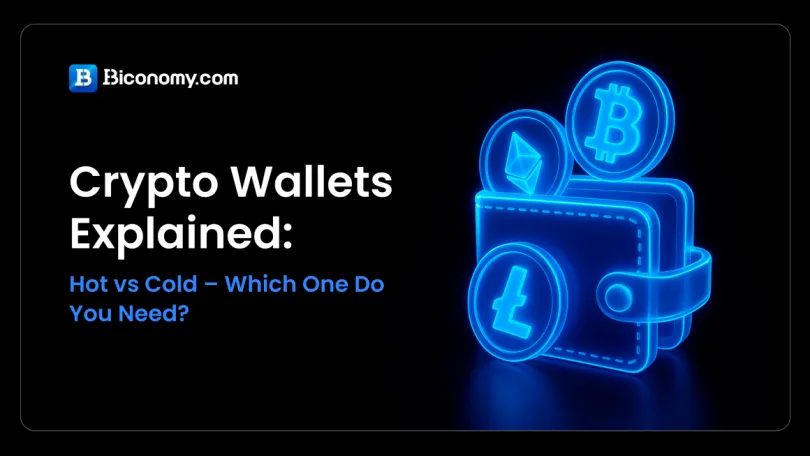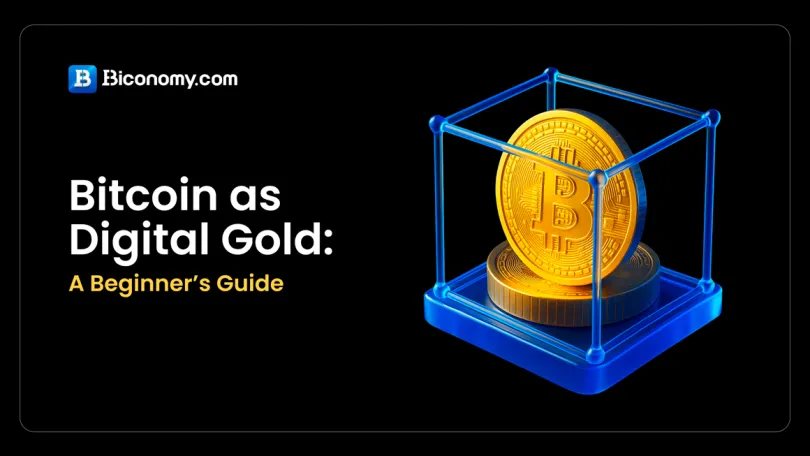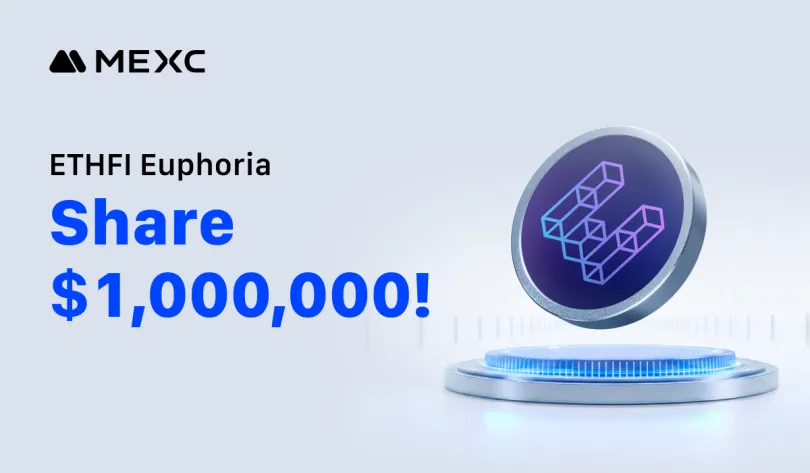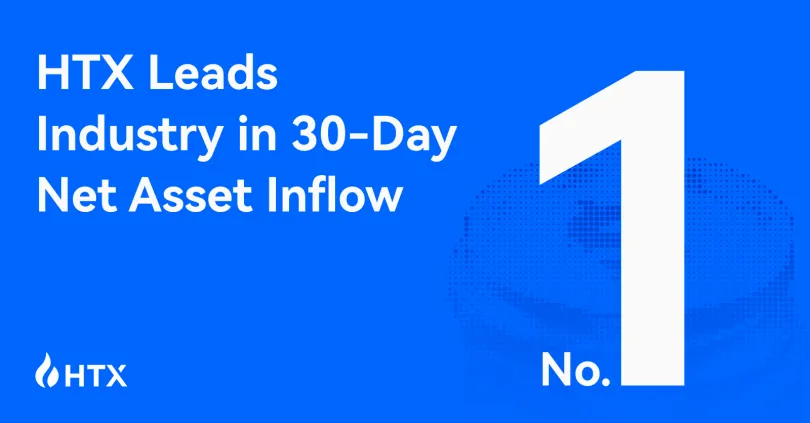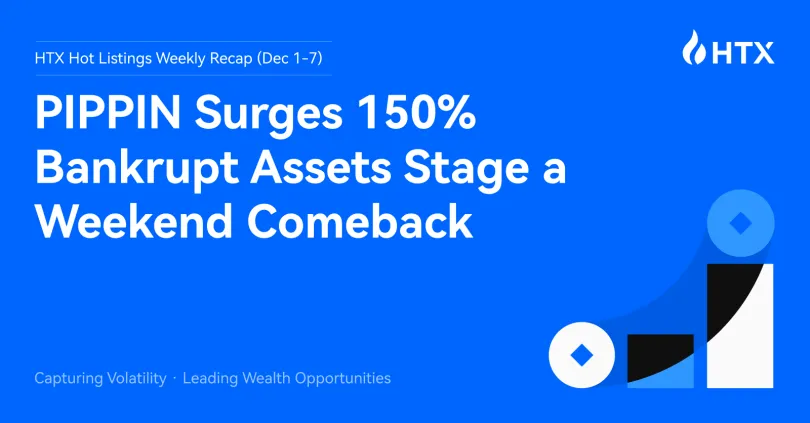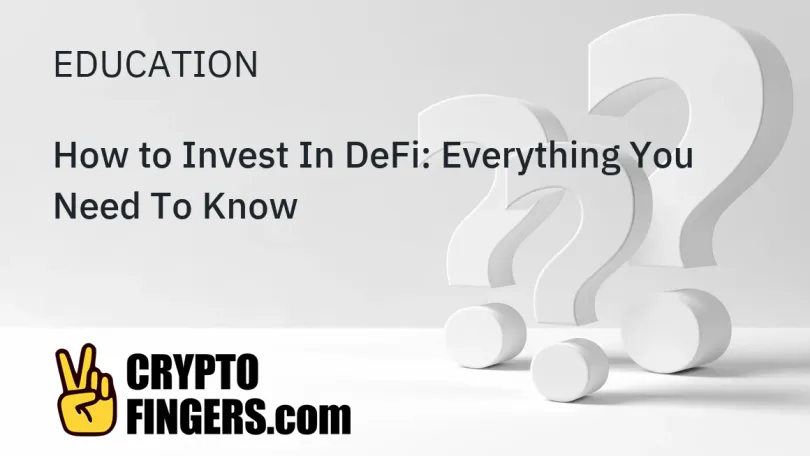
Defi investment can be intimidating for those new to the crypto world. This guide aims to simplify the process by defining what DeFi is and highlighting potential investment opportunities for investors to consider.
Decentralized finance (DeFi) is an umbrella term for Internet-native financial products operating on public blockchains. In the DeFi market, you can access many of today’s products available in the traditional financial system, like borrowing, earning interest accounts, and trading.
What Is DeFi?
However, DeFi doesn't rely on intermediaries as traditional finance (TradFi) does. Instead, users interact with #smart contracts allowing them to, for example, lend out their #crypto assets to other users. In traditional finance, third parties typically slow down financial processes, and their involvement increases costs. If done right, in DeFi, these specific problems are mostly eliminated.
DeFi users enjoy 24/7 access to financial products from anywhere in the world and transparency thanks to blockchain technology, which makes all transactions visible to everyone. Moreover, users don't have to provide their personal information like names, email addresses, and phone numbers, making DeFi pseudonymous. They simply connect their non-custodial wallets to the DeFi platforms, which allow them to move their crypto assets anywhere without requiring long transfers to complete or asking for approval.
DeFi is accessed through protocols — autonomous programs — built on #Ethereum, #BNB Smart Chain, #Tron, #Polygon, #Syscoin, #Avalanche, #Solana, #Arbitrum, #Optimism and many other smart contract blockchain networks. Smart contracts are self-executing codes that live on the blockchain. They execute based on predetermined conditions, thereby generating an outcome.
What Is DeFi Investing?
DeFi investing means adding DeFi exposure into your portfolio, either by purchasing DeFi assets or by putting your money to work by deploying it in DeFi protocols to potentially earn returns.
Let's take a look at the most common ways you can invest in the decentralized finance market.
How to Invest in DeFi: 4 Options
1. Investing in DeFi Tokens
This is probably the easiest way to invest in DeFi since it involves investing in DeFi tokens. A DeFi token is the native crypto asset of a specific DeFi protocol. Such a token enables users to interact with the protocol in various ways depending on the purpose it has been given. For instance, governance is a common purpose given to tokens on several DeFi protocols. They give holders voting rights, allowing them to participate in protocol governance.
Investors can speculate on the future prices of these tokens by adding them to their crypto investment portfolios. Besides long-term holding, investors with trading expertise may exploit the price movements of DeFi tokens to potentially make even more money.
Examples of popular DeFi tokens include UNI (#Uniswap), AAVE (#Aave), MKR (#Maker), and SNX (#Synthetix). Besides their native tokens, some protocols issue stablecoins as well. These are digital assets pegged to stable assets like the US dollar, making them less volatile.
DeFi users may utilize stablecoins as collateral when borrowing because of their price stability. #DAI is a well-known stablecoin in the world of DeFi. A decentralized autonomous organization (#DAO) called MakerDAO manages its issuance.
2. Buying a DeFi Token Index
Crypto token indexes track the price of a bundle of crypto assets, permitting investors to diversify their crypto portfolios cost-effectively.
Diversification is an investment strategy where investors minimize risk by investing in different assets. A DeFi token index tracks the price of a bundle of DeFi tokens. One such example is the DeFi Pulse Index Token (DPI).
DeFi Pulse Index (DPI) is an Ethereum-based token that tracks the performance of different DeFi tokens. The underlying assets in the DPI index have to be available on Ethereum and must be associated with a DeFi protocol listed on DeFi Pulse, a website that tracks and ranks DeFi projects. Also, it only tracks projects that have significant usage and are committed to protocol development. The index doesn’t include crypto assets that are securities, synthetic digital assets, or wrapped tokens.
Investors can buy DPI on #KuCoin, #Gemini, #Sushiswap, #Uniswap, and #1inch Exchange. The underlying tokens in the index are Uniswap, Yearn, Compound, Rari Capital, Loopring, Maker, Sushi, Aave, Balancer, Cream, Farm, Vesper, Instadapp, Synthetix, Badger, Kyber Network Crystal, and Ren. DPI is "weighted based on the value of each token’s circulating supply" and is managed every quarter.
Phuture DeFi Index (DPI) is another DeFi token index. It provides exposure to the top DeFi tokens by market capitalization. The underlying crypto assets are selected if they are on the Ethereum blockchain and listed on the DeFi data website, DeFi Llama. PDI is maintained monthly. Investors can buy PDI on the Bancor Network and the Phuture website. The assets in this index include Aave, Uniswap, Sushi, Maker, Compound, 1Inch, Yearn Finance, Balancer, Amp, and Lido.
3. Engaging in DeFi Lending
DeFi #lending is a way for investors to lend their crypto assets to other users on a lending protocol. This way, they generate interest, which is automatically calculated by an algorithm based on the changing supply and demand for loans. Lenders receive frequent interest payments in crypto.
DeFi protocols protect lenders by demanding that borrowers overcollateralize their #loans. This means the collateral exceeds the loan value. If the borrower fails to maintain the collateral above the required threshold, a margin call occurs, and the protocol liquidates them to pay down the outstanding debt position.
4. Yield Farming & Liquidity Mining
Liquidity mining is the process of depositing crypto assets in a liquidity pool. In exchange for providing liquidity, liquidity miners earn a reward in the form of transaction fees calculated as an annual percentage yield (APY).
#Yield farming, on the other hand, is a subset of liquidity mining. Hence, it also entails providing liquidity to a pool. However, instead of just earning rewards sourced from transaction fees, they also receive the protocol’s native token (typically a governance token) on top of the fees. Investors that want to maximize their returns may "farm" for more yields by moving their crypto assets around in search of pools with the best APYs.
The Risk of DeFi Investing
DeFi investing could be rewarding, but it comes with a few risks. They are as follows:
- Smart contract risk: Poorly developed smart contracts may have bugs, creating a potential loophole that a hacker can use to steal funds.
- Market risk: Crypto assets in a pool could lose their value if prices drop sharply from the time they were deposited. Hence, investors that remove their assets from the pool at such a time may incur losses. Drastic price crashes could also remove a lot of liquidity from the pool, resulting in high levels of slippage. This could mean buyers will pay more for assets than expected. Slippage is the difference between the quoted price and the actual price when an order is executed.
- Governance attacks: An entity could purchase a majority of the protocol’s governance tokens, helping them influence the outcome of votes.
- Custody risk: Investors are in charge of keeping their crypto assets. This is a huge responsibility that requires a lot of caution. Careless investors are, therefore, in danger of losing their private keys, meaning they can’t access their funds.
- Regulatory risk: The DeFi markets are essentially unregulated, making them a target for financial regulators, which, in turn, creates a risk of investors holding DeFi assets that may be negatively affected by #regulations that could be rolled out in the future.
FAQs
How much should I invest in DeFi?
You should never invest what you cannot afford to lose. This applies to DeFi investing as well. DeFi beginners may be better off investing a small amount at first. Once they understand how DeFi works, they could increase the size of their investment. But remember that DeFi is generally a lot riskier than buying and holding bitcoin, for example.
Is DeFi a good investment?
The definition of a "good" investment will vary from person to person. It is based on their risk tolerance and the returns they expect from their investment. What DeF is for certain, however, is very risky. So you should never invest more than you can afford to lose.
How can I get started in DeFi?
Open the DeFi protocol of your choice in your browser and connect a supported wallet. Next, add the required cryptocurrency to your wallet and start staking, lending, borrowing, or swapping tokens.















